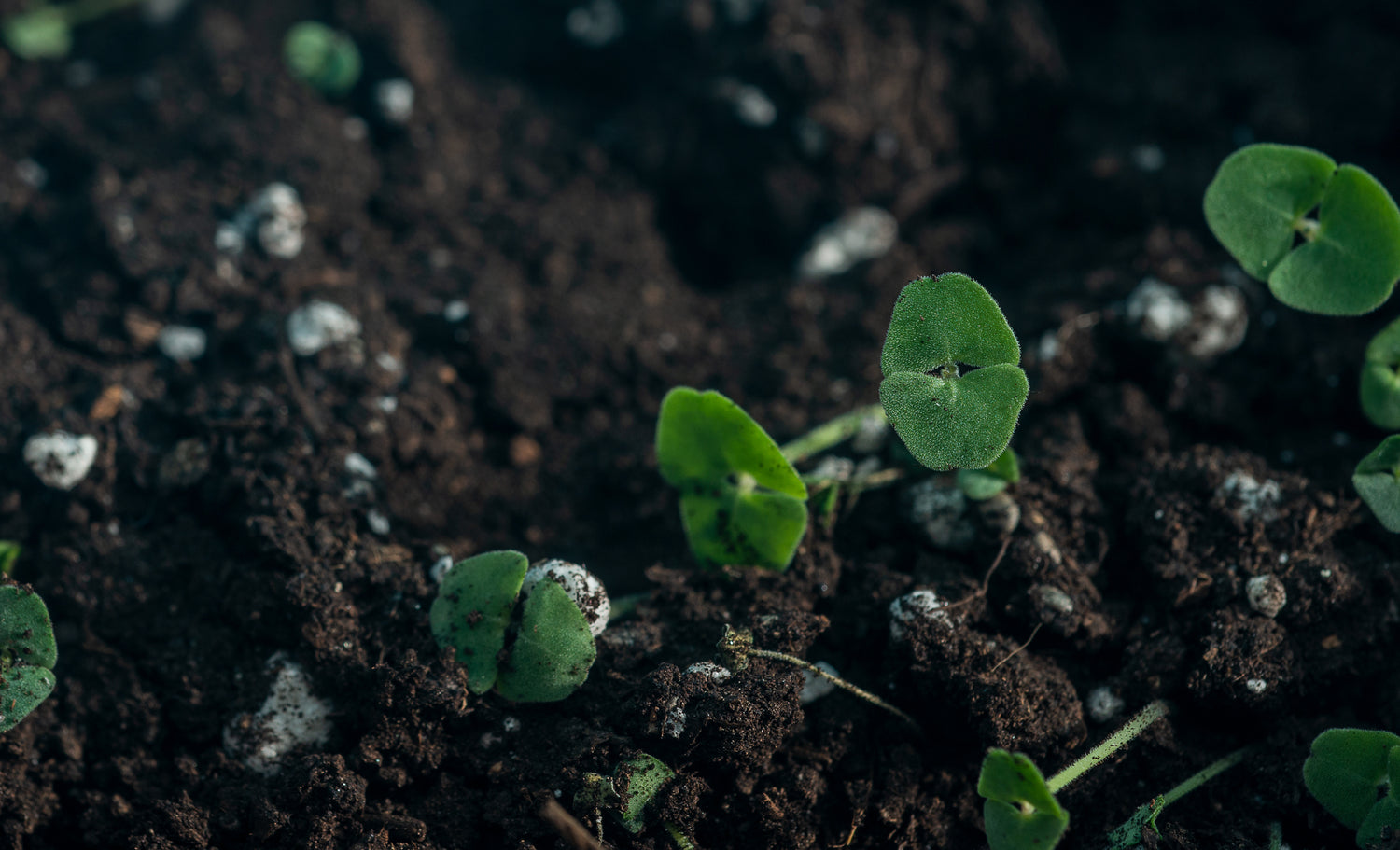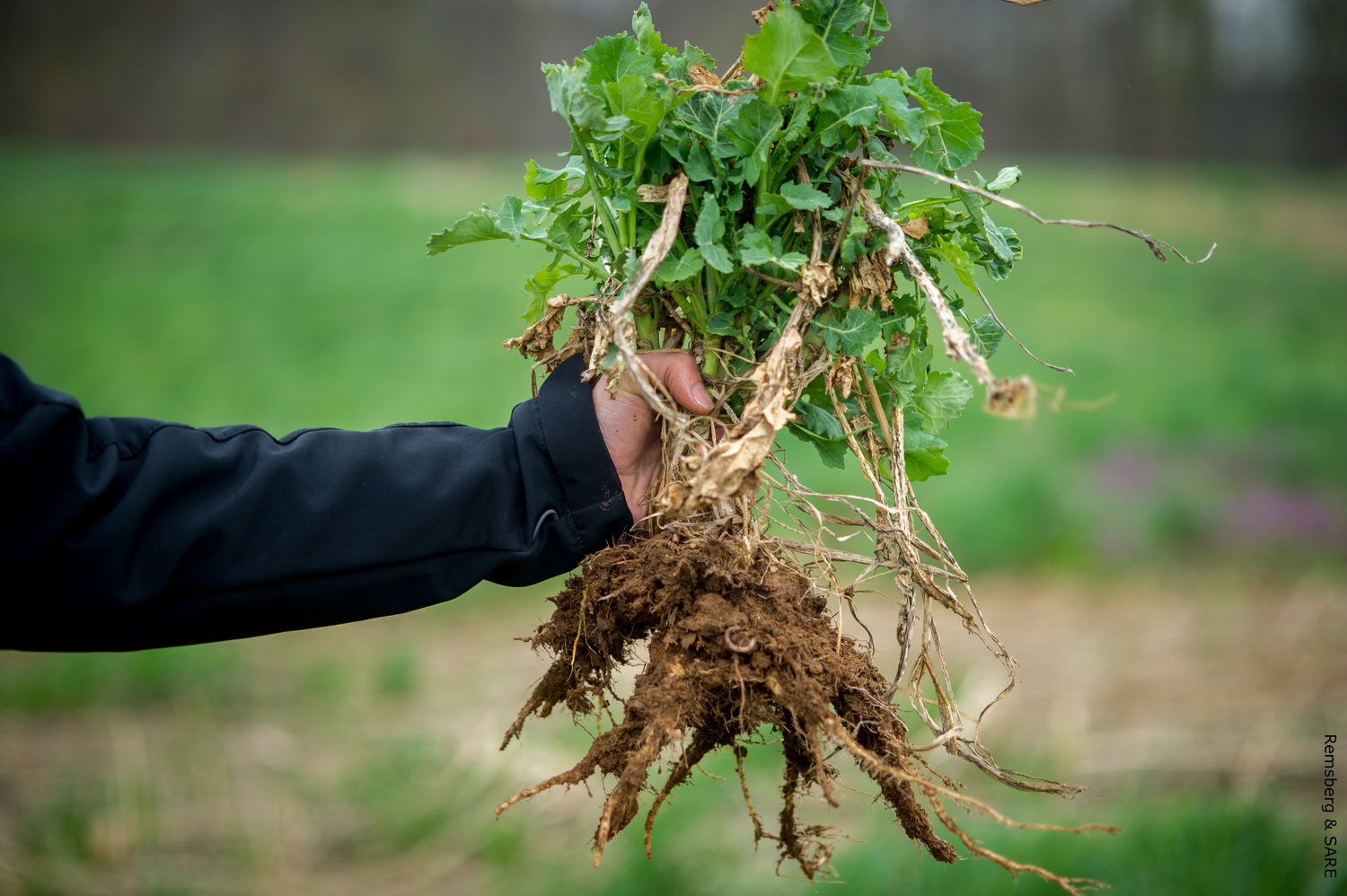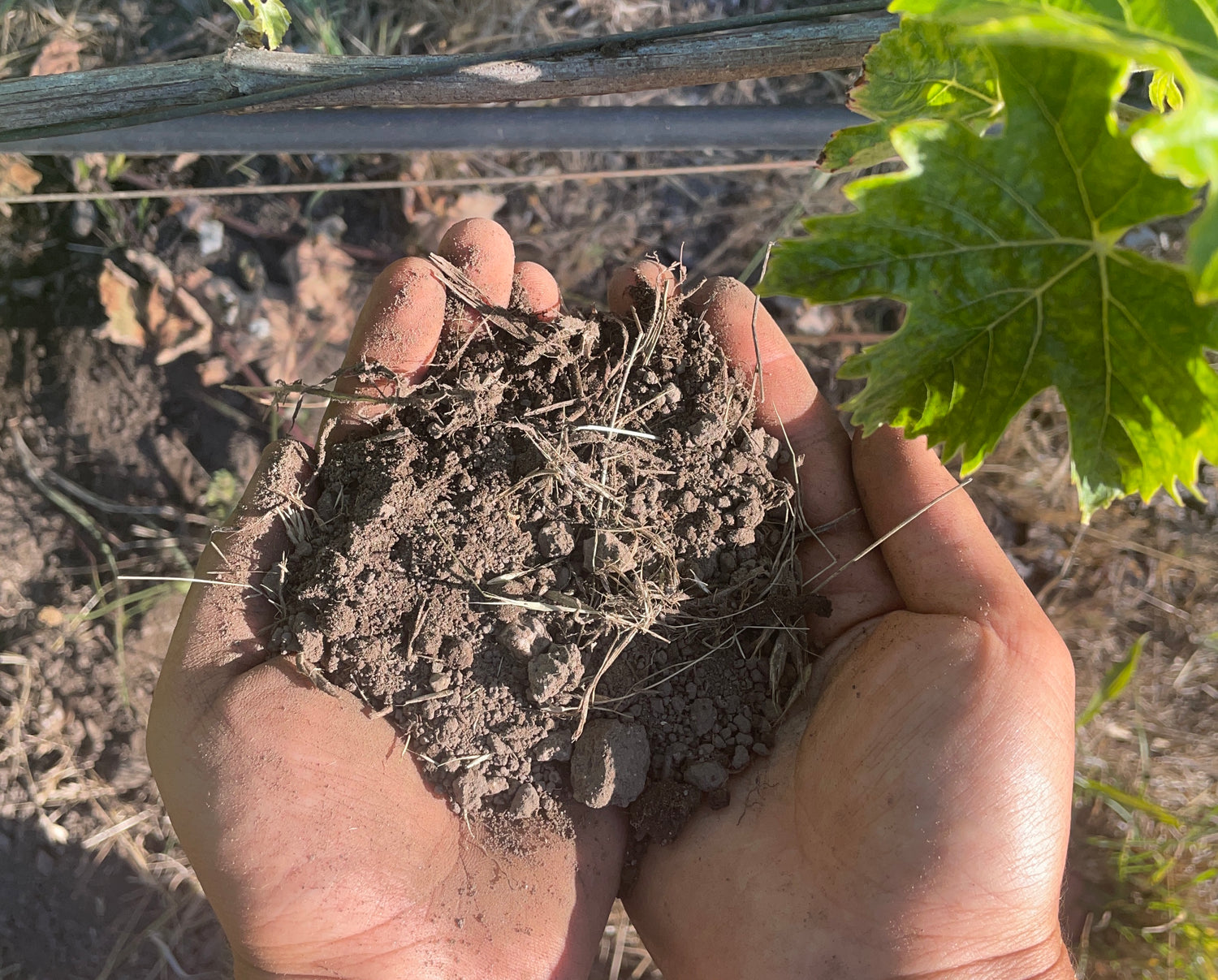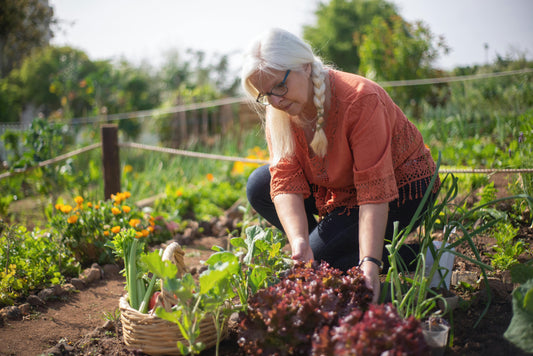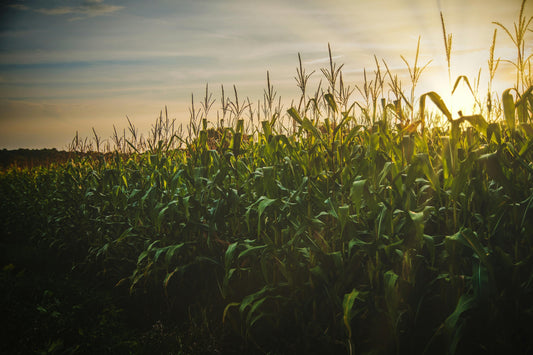Lead contamination in California garden soils poses significant health risks, particularly in urban areas with industrial histories and older buildings. Understanding lead sources, testing methods, and remediation strategies is essential for safe gardening practices and protecting family health.
Lead in Garden Soil: Risks, Sources, and Solutions for California Gardeners
Gardening is a cherished activity for Californians, offering a connection to nature and fresh produce. However, lead contamination in garden soil poses a hidden threat to health and the environment. In California, where urban and industrial histories have left lasting impacts, understanding lead's sources, risks, and solutions is vital for safe gardening. This guide equips gardeners with practical steps to protect their gardens and families.
Why Lead in Garden Soil Matters
Lead is a toxic heavy metal that threatens human health and ecosystems. Urban garden soils in California often contain elevated lead levels, particularly in areas with historical industrial activity or older housing stock. The EPA recently updated its soil lead guidance in 2024, lowering screening levels from 400 ppm to 200 ppm for residential properties, with 100 ppm recommended for properties with multiple lead exposure sources.
As gardening grows in popularity, addressing lead contamination becomes increasingly critical for safe, sustainable gardening practices. California maintains stricter standards than federal guidelines, with an 80 ppm threshold for residential soils to protect public health.
Sources of Lead Contamination in California Garden Soil
Lead contamination arises from various sources, both historical and ongoing. Understanding these sources helps gardeners identify potential risks and take appropriate precautions:
- Historical Industrial Activities: California's industrial past, including factories, smelters, and battery recycling facilities, released lead into surrounding soils. Areas near former industrial sites often show elevated contamination levels.
- Lead-Based Paint: Demolition and weathering of pre-1978 buildings with lead-based paint disperses lead dust into soil. Paint chips and dust from older structures represent a major contamination source in urban areas.
- Vehicle Emissions: Although leaded gasoline was phased out in the 1980s, residual lead contamination persists in soils near roads and highways, particularly within 100 feet of major traffic corridors.
- Agricultural Pesticides: Historical use of lead-arsenate pesticides in orchards and agricultural areas left residual contamination that can persist for decades in soil.
- Atmospheric Deposition: Industrial emissions and, more recently, wildfire ash can carry lead particles that settle onto garden soils, creating new contamination sources.
Health and Environmental Risks
Lead contamination poses serious health and environmental risks, particularly in gardens where exposure pathways are direct and varied:
- Health Effects: Lead exposure causes neurological damage, developmental delays in children, cognitive impairment, and kidney problems. Children are particularly vulnerable, absorbing lead more readily than adults and suffering greater developmental impacts.
- Contaminated Produce: Vegetables, especially root crops and leafy greens, can absorb lead from contaminated soil and transfer it to consumers. This creates a direct pathway for dietary lead exposure.
- Environmental Impact: Lead contamination harms beneficial soil microorganisms, disrupts soil ecosystems, and can leach into groundwater, affecting broader environmental health.
- Regulatory Considerations: California's strict soil lead standards require property owners to address contamination that exceeds 80 ppm, potentially requiring remediation or management actions.
Our Soil Testing Services for Lead Detection
At Alluvial Soil Lab, we provide comprehensive soil testing services to help California gardeners identify and understand lead contamination in their gardens. Professional testing is essential for accurate assessment and appropriate response planning.
Our soil testing process includes:
- Professional Analysis: Accurate measurement of lead concentration using established analytical methods
- Comprehensive Reporting: Detailed results with interpretation and risk assessment based on current EPA and California standards
- Sampling Guidance: Instructions for proper sample collection from multiple garden areas, especially near older structures or high-risk locations
- Expert Consultation: Professional guidance on interpreting results and developing appropriate management strategies
We recommend testing soil from various garden areas, particularly near old buildings, driveways, and areas where children play. Samples should be collected from the top 6 inches of soil where most gardening activity occurs.
Remediation and Management Strategies
When our soil testing reveals lead contamination, we provide guidance on effective remediation and management strategies based on contamination levels and site-specific conditions:
- Soil Amendments: Adding organic matter such as compost can help bind lead and reduce its bioavailability to plants. High-quality compost and organic amendments can significantly reduce lead uptake by vegetables.
- Raised Beds and Containers: Building raised beds with clean soil or using containers isolates crops from contaminated soil. This provides an immediate solution for safe food production.
- Soil Replacement: For highly contaminated soils exceeding 400 ppm, removal and replacement with clean soil may be necessary, particularly in areas where children play.
- Phytoremediation: Certain plants like sunflowers can absorb lead from soil over time, though this method is slow and suited for long-term management of moderate contamination.
- Protective Practices: Implementing proper hygiene practices, including washing hands and tools after gardening, and thoroughly cleaning produce before consumption.
Prevention and Best Practices
Preventing lead contamination and minimizing exposure requires proactive management strategies:
- Site Selection: Choose garden locations away from old painted structures, busy roads, and former industrial areas when possible.
- Soil Barriers: Use landscape fabric or mulch to minimize direct contact with soil and reduce dust formation.
- Regular Testing: Monitor soil lead levels every 2-3 years, especially in urban areas or after nearby construction activities.
- Proper Plant Selection: Focus on fruiting crops like tomatoes and peppers, which typically accumulate less lead than leafy greens and root vegetables.
- pH Management: Maintain soil pH between 6.5 and 7.0 to minimize lead availability to plants.
Understanding California's Lead Standards
California maintains some of the strictest soil lead standards in the nation to protect public health. Key regulatory aspects include:
- 80 ppm Threshold: California's residential soil lead screening level is significantly lower than federal standards
- Multiple Exposure Considerations: Properties with multiple lead sources may require more stringent management
- Remediation Requirements: High contamination levels may trigger mandatory remediation or management actions
- Public Health Protection: Standards designed to prevent blood lead levels above 3.5 micrograms per deciliter in children
When to Seek Professional Help
Consider professional environmental consultation when:
- Soil testing reveals lead levels above 200 ppm
- Multiple contamination sources are present
- Large areas require remediation
- Children frequently play in potentially contaminated areas
- Regulatory compliance issues arise
Safe Gardening Practices in Lead-Contaminated Areas
Even with contamination present, gardeners can take steps to reduce exposure and continue growing food safely:
- Crop Selection: Choose fruiting vegetables over leafy greens and root crops
- Soil Preparation: Add organic matter to reduce lead bioavailability
- Harvest Practices: Thoroughly wash all produce and peel root vegetables
- Personal Protection: Wear gloves while gardening and wash hands immediately after soil contact
- Dust Control: Keep soil moist during cultivation to minimize dust generation
Resources and Support
California gardeners have access to various resources for lead contamination information and assistance:
- California Department of Public Health: Childhood Lead Poisoning Prevention Program provides guidance and resources
- Local Health Departments: Offer testing resources and remediation guidance
- UC Cooperative Extension: Provides research-based gardening guidance for contaminated soils
- EPA Resources: Federal guidance on lead contamination and remediation strategies
Conclusion
Lead contamination in garden soil is a serious concern for California gardeners, but with proper knowledge, testing, and management strategies, it can be effectively addressed. Understanding contamination sources, conducting professional soil testing, and implementing appropriate remediation measures enables safe, productive gardening even in challenging urban environments.
At Alluvial Soil Lab, we're committed to helping California gardeners protect their families and enjoy safe, healthy gardens. Our comprehensive soil testing services provide the information needed to make informed decisions about garden safety and management.
Contact Alluvial Soil Lab today to schedule your soil testing and receive expert guidance on managing lead contamination in your garden soil. Together, we can ensure your gardening activities remain safe and rewarding for years to come.
Sources
- U.S. Environmental Protection Agency. Updated Soil Lead Guidance for CERCLA Sites and RCRA Corrective Action Facilities. https://www.epa.gov/superfund/updated-soil-lead-guidance-cercla-sites-and-rcra-corrective-action-facilities
- U.S. Environmental Protection Agency. Lead Regulations. https://www.epa.gov/lead/lead-regulations
- U.S. Environmental Protection Agency. Lead Information. https://www.epa.gov/lead
- Los Angeles County Department of Public Health. Wildfire Soil Testing Results. http://publichealth.lacounty.gov/phcommon/public/media/mediapubhpdetail.cfm?prid=5006
- Trust for America's Health. California's Efforts to Prevent and Respond to Childhood Lead Exposure. https://www.tfah.org/story/californias-efforts-to-prevent-and-respond-to-childhood-lead-exposure/
- University of Massachusetts. Soil Lead Fact Sheet. https://www.umass.edu/agriculture-food-environment/soil-plant-nutrient-testing-laboratory/fact-sheets/soil-lead-fact-sheet
- Indiana University. At least 1 in 4 US residential yards exceeds EPA's new soil lead guidelines. https://news.iu.edu/live/news/36716-at-least-1-in-4-us-residential-yards-exceeds-epas







